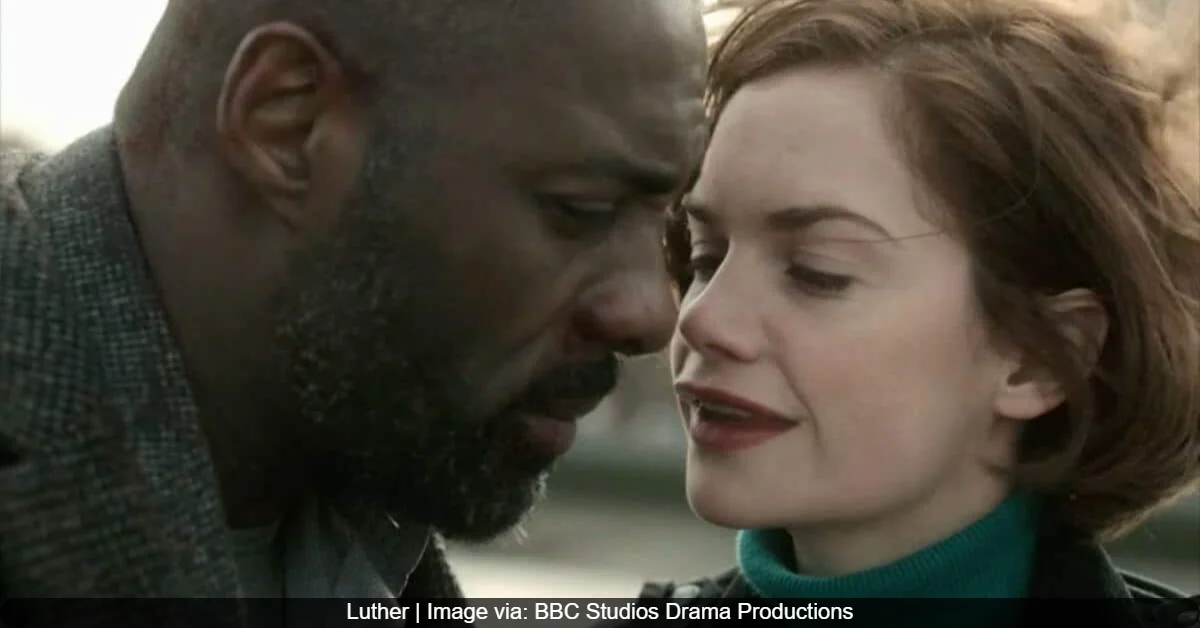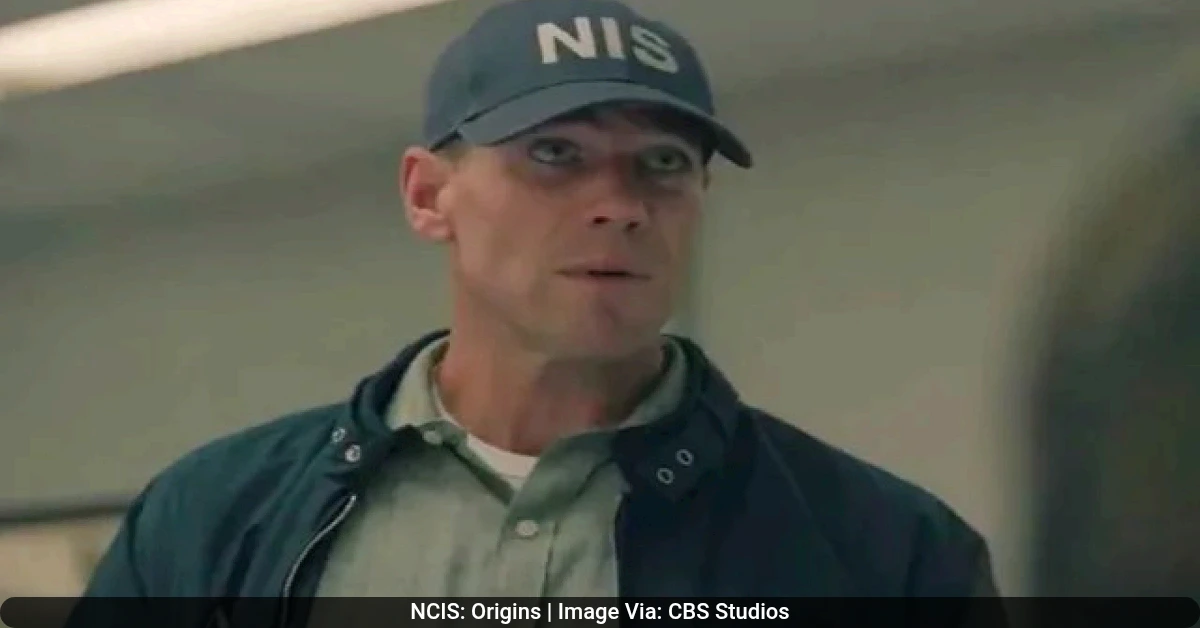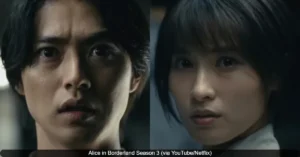The new Netflix period drama ‘Last Samurai Standing‘ takes viewers on a brutal journey through 19th century Japan. For the production, the filmmakers chose to root the series in one of Japan’s most historically rich cities to ensure an authentic backdrop for its tale of fallen warriors.
The series was filmed primarily in Kyoto, Japan. The production extensively used the city’s ancient temples and landscapes to portray the story’s journey from Kyoto to Tokyo. Key scenes, including the tournament’s start, were shot at the historic Tenryu-ji Temple.
The Primary Setting in Kyoto
According to location reports, the majority of “Last Samurai Standing” was shot on location in Kyoto. The series kicks off at Tenryu-ji Temple, situated in the scenic Arashiyama district. This UNESCO World Heritage site served as the main stage where approximately 300 ex-samurai characters gather to begin the deadly Kodoku tournament.
The use of a real, centuries-old temple instead of computer-generated sets adds a layer of historical authenticity to the drama. The show’s producers reportedly filmed across various spots in Kyoto, utilizing the city’s well-preserved architecture and environments to recreate the Meiji era setting.
A Kyoto-Centric Production
While the story follows a desperate trek from Kyoto to Tokyo, the production itself remained largely within Kyoto. Official reports indicate that the crew recreated various travel scenes and different locations using Kyoto’s diverse landscapes and old-school structures.
This approach of using one primary location to stand in for multiple settings is common for period dramas. It helps maintain a consistent visual style, avoids the logistical challenges of moving a large crew, and provides a seamless viewing experience. Kyoto, with its mix of traditional architecture and natural scenery, offers a versatile backdrop that can convincingly represent many parts of historical Japan.
The Story Behind the Scenery
“Last Samurai Standing” is set in 1878, a time when the samurai class had been disbanded, leaving many warriors without a purpose or income. The plot centers on 292 ex-samurai who are mysteriously invited to Tenryu-ji Temple in Kyoto. There, they find themselves entered into a brutal survival contest where the last participant standing wins an enormous cash prize.
The protagonist, Shujiro Saga, played by Junichi Okada, joins the tournament out of desperation to provide for his sick wife and child. The series explores themes of honor, survival, and the human cost of modernization as the characters navigate the deadly competition.
Also Read:
Authentic Backdrops for a Gritty Drama
By choosing to film in real historical locations, the creators of “Last Samurai Standing” ground their fictional story in a tangible reality. The authentic settings provide a stark contrast to the violent struggles of the characters, emphasizing the clash between tradition and a rapidly changing world.
The series aims to offer more than just action, delving into the psychological turmoil of its characters. The choice of Kyoto as a filming location supports this deeper narrative, connecting the personal dramas of the characters to the enduring weight of Japanese history and tradition.
Also Read: Spirit Fingers Episodes 9 & 10: New Couples and Release Details

























